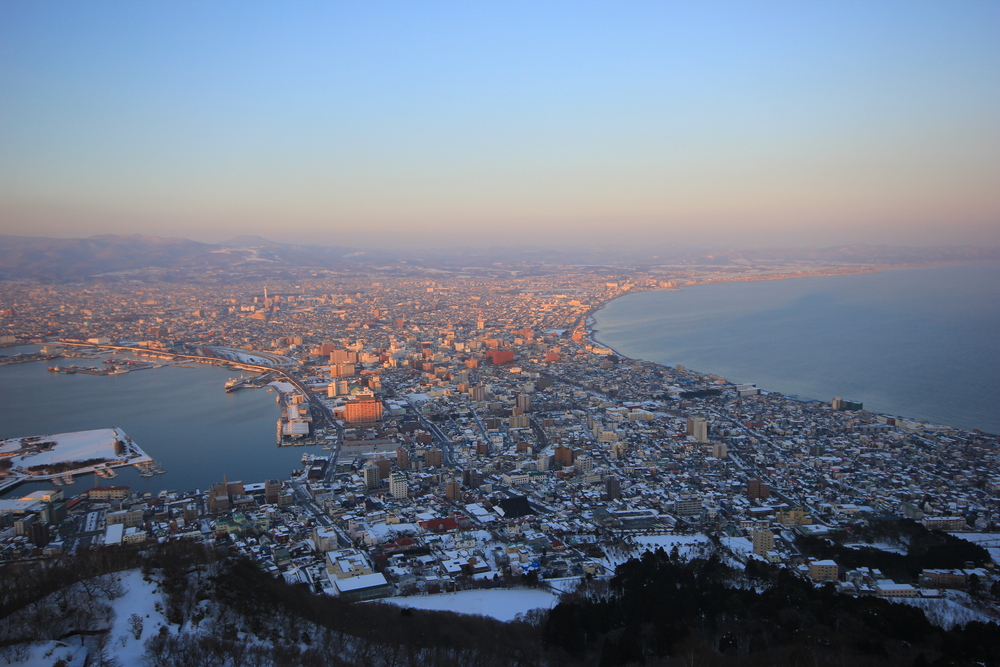
- ARAB NEWS
- 31 Jul 2025

TOKYO: A 9-magnitude-class earthquake off northern Japan could cause up to 199,000 deaths in the country as wide areas would be hit by devastating tsunamis, a Japanese government panel said Tuesday.
The central disaster management council called for additional disaster prevention measures, saying that the number of deaths could be reduced to around 30,000 through early evacuation and construction of tsunami evacuation buildings.
In its latest quake damage estimates, the council’s working group predicted that nine prefectures in northern to eastern Japan, most of them facing the Pacific Ocean–Hokkaido, Aomori, Iwate, Miyagi, Akita, Yamagata, Fukushima, Ibaraki and Chiba–would suffer significant damage if such a huge offshore quake happened in the Japan Trench or the Chishima Trench, also known as the Kuril Trench, in the Pacific.
The potential temblor would destroy up to some 220,000 buildings, most of them by tsunamis, and cause economic damage worth some 31.3 trillion yen, including damage to infrastructure facilities, according to the estimates.
The council calculated estimates under varying conditions, such as the season and time of day of the quake’s occurrence.
It projected that, in snowy, cold areas, damage would be greatest if a tsunami occurred late at night in winter, as the evacuation speed would likely be slowed due to snow and icy roads.
The maximum 199,000 deaths would occur if a megaquake happened in the Japan Trench off the coast of the Tohoku northeastern region in winter late at night, allowing only a small proportion of residents to evacuate immediately.
The projected death toll is more than 10 times the number of deaths and missing people combined in the 9.0-magnitude quake and tsunami in March 2011 that struck northeastern Japan, which totaled some 18,000.
The death toll, however, could be lowered to some 30,000 if more tower buildings are built to allow people to escape from tsunamis and if people are able to evacuate quickly.
By prefecture, Hokkaido would suffer the largest number of deaths at some 137,000, followed by Aomori at 41,000, Iwate at 11,000 and Miyagi at 8,500.
Up to some 22,000 people would be injured, while around 42,000 people would face a higher risk of death due to hypothermia after surviving a tsunami.
In April 2000, an expert panel under the Cabinet Office suggested the possibility of a 9.1-magnitude quake happening in the Japan Trench off the Sanriku coast in Iwate Prefecture to the Hidaka coast in Hokkaido, and a 9.3-magnitude quake in the Chishima Trench off the Tokachi to Nemuro coast in Hokkaido.
Such quakes could cause tsunamis up to nearly 30 meters high to hit parts of Hokkaido and Iwate, the panel also projected.
Based on the projections, the central disaster management council’s working group including experts considered the possible extent of damage in the event that a 9-magnitude-class quake hit the two trenches, respectively.
In 2006, the government estimated that a major quake in both trenches would reach a magnitude of up to 8.6, with the maximum death toll put at around 2,700.
However, after the March 2011 quake and tsunami inflicted damage far greater than expected, the government decided to review the 2006 estimates to take into account the biggest of possible huge quakes.
The government has already revised its damage projections for a possible Nankai Trough megaquake forecast to occur off the Pacific coast of central to southwestern Japan and for a potential temblor that may occur beneath the Tokyo metropolitan area.
JIJI Press